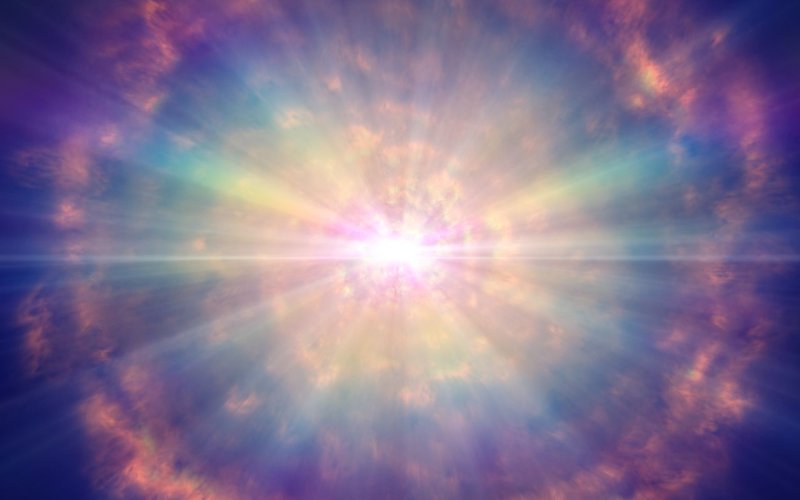In movies, whether we kill aggressive aliens or smash giant asteroids, an explosion in space is always a spectacular affair. What would the explosion of an atomic bomb in a space really look like?
Whether we eliminate aggressive aliens or giant asteroids in movies, an explosion in space is always a spectacular thing. How would the explosion of an atomic bomb in space vacuum really look like?
I am not an expert on nuclear weapons so I apologize in advance for any inaccuracies. First of all, I would like to point out that “spectacular” explosions in space in movies are rather an example of flaws in physics. Conventional explosives work on the principle of a chemical reaction that requires oxygen. There is enough oxygen on the Earth and there is no need to add it to the bombs but there is no oxygen in space. Therefore, the bombs used on the Earth would be difficult to explode in space — unless an oxygen tank was part of the bomb. Even rockets carry oxygen to burn fuel, unlike cars that use oxygen from the atmosphere. One bomb that does not need oxygen is a nuclear (atomic) bomb. In this bomb, it does not come about by a chemical reaction but by a nuclear reaction. The decomposition of uranium/plutonium nuclei releases huge amounts of energy (much greater than in a chemical reaction). If we watched the explosion with our eyes, we would probably be disappointed. Almost nothing would be seen in the visible spectrum (that is, in the frequencies of light that we perceive with our eyes). The flash of fire is caused mainly by the heating of gas around the explosion (and possibly also solids during the explosion on the surface) to a high temperature. The subsequent mushroom cloud is formed by soil particles which the rising warm air takes up with it. But there is no air or soil in space. The frequencies of radiation that arise during a nuclear explosion are much higher (and more dangerous) than the frequency of visible light and therefore we would not see them. A possible source of visible light could be the deceleration of the particles from the bomb charge, but because there is nothing to slow them down, such light would not be visible either.
However, if we observed the explosion using gamma-ray detectors, we would perceive it as much more intense than on the Earth. In space, the radiation from the explosion (and it is not only gamma radiation but also the flow of particles from the explosion) would not be inhibited by the atmosphere and the surface. On the Earth, part of the radiation is attenuated by the atmosphere, part of the energy is used to ionize solid and gaseous particles and the rest is only picked up by detectors. The flow of particles from the explosion is affected by the atmosphere even more.
And, of course, there would be no shock wave, which is the most destructive in an explosion — again because there is no air in space.
To sum up — a nuclear explosion in space is boring for the viewer’s eyes but a spectacular experience for detectors.
Want to ask something?
Send us an e-mail with the subject “Physics mysteries” to the address:
We can't wait to tackle your interesting questions!





